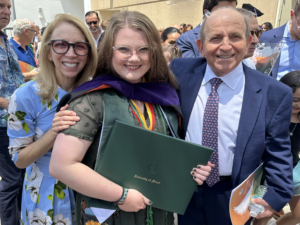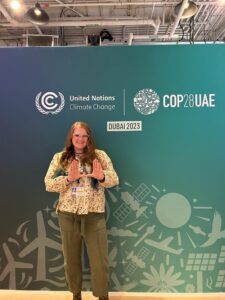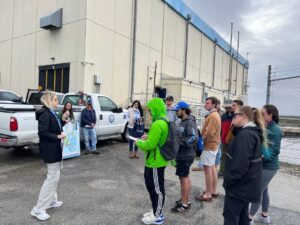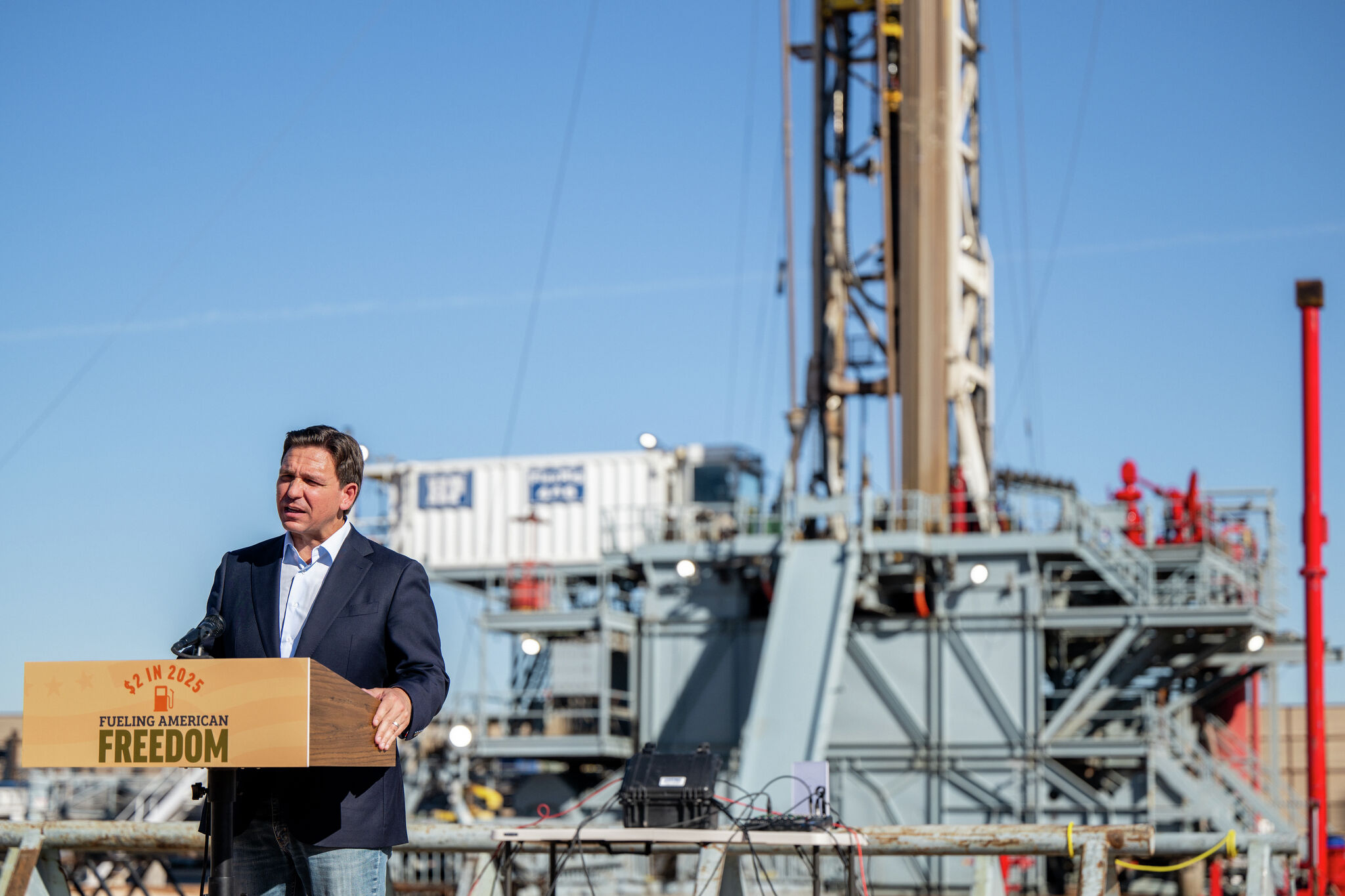EPIC Summer National Parks Trip 2024
I adore America’s National Parks and those of you that have followed me for any length of time know that one of my bucket list goals is to visit all 63. Last summer I spent over two months exploring many of our amazing western Parks, places like Rocky Mountain, Grand Teton, Yosemite, Yellowstone, and you can read about those adventures by clicking here.
My 2023 trip was such a wonderful experience, the nature, people, and places so spectacular, that I decided to celebrate my recent law school graduation by heading back out on the road into the wilderness again this year and have just returned from an epic summer trip that took me to 24 of America’s most spectacular natural environments, including 19 additional National Parks. As of today, I’ve visited 41 and that now includes this summer’s National Park stops: Gateway Arch, Mammoth Cave, New River Gorge, Cuyahoga Valley, Indiana Dunes, Voyageurs, Isle Royale, Theodore Roosevelt, Badlands, Wind Cave, Great Sand Dunes, Petrified Forest, Saguaro, White Sands, Carlsbad Caverns, Guadalupe Mountains, Big Bend, Hot Springs, and US Virgin Islands. Along the way to those parks, I was also able to stop many other special places including Gooseberry Falls State Park, Kakabeka Falls Provincial Park in Canada, Meteor Crater National Landmark, Custer State Park, Mount Rushmore National Monument, and the British Virgin Islands.
 |
 |
 |
 |
 |
 |
 |
 |
 |
While much of my travels were remote and largely off-line, I most certainly filled my camera with hundreds of memories so rather than write a lengthy post about my trip allow me to use some of those pictures to paint the majesty of what I cannot fully describe in words:
 |
 |
 |
 |
 |
 |
 |
 |
 |
 |
 |
 |
 |
 |
 |
 |
I ended my summer travels in the postcard picture perfect US Virgin Islands National Park on St. John, amidst its pristine coral reefs, dense mountain jungles, and crystal clear waters where I made a few new sea turtle friends.
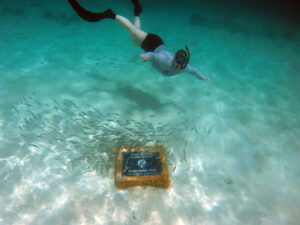 |
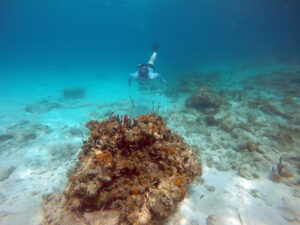 |
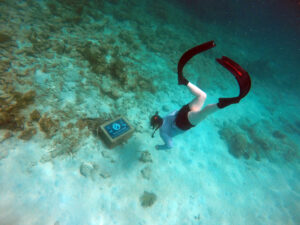 |
 |
 |
 |
I’m off to No Name Key to enjoy what remains of the summer, as well as do some writing related to my Ph.D. work and other projects before the new school year begins. This fall will be a busy one for me between grad school, studying for the Florida Bar, acting as a Teaching Assistant for one of my very most favorite professors, progressing a significant new project for the State that I am excited to soon share details about with you along with my service to both the CLEO Institute and CAVU Boards. As summer draws to a close and the new school year approaches or work picks back up, I do hope that you can find time to get outside and experience nature whether that’s at local park, a state forest, a beach, a lake, a nearby national park, or somewhere else special to you before we all are swept up in in our day to day hectic lives.


